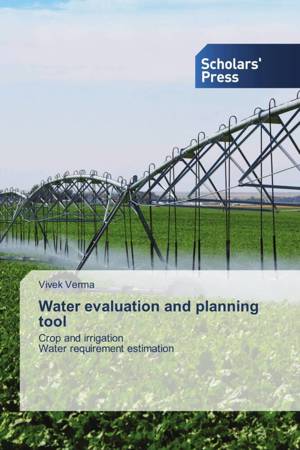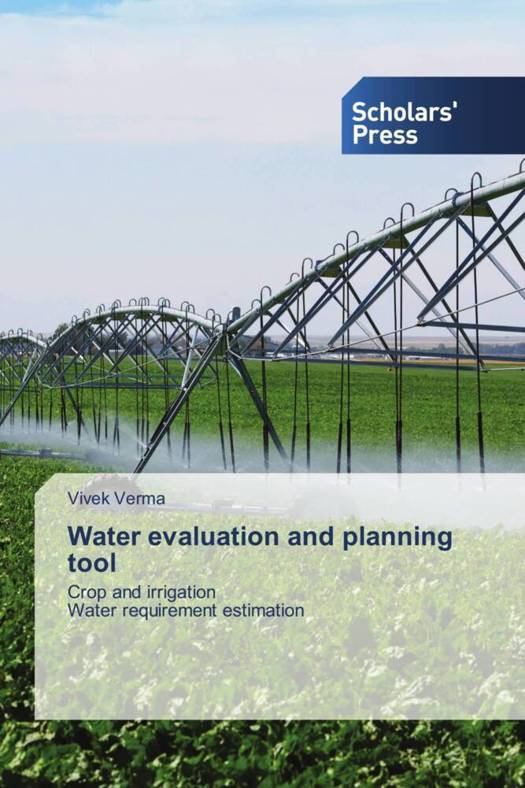
- Afhalen na 1 uur in een winkel met voorraad
- Gratis thuislevering in België vanaf € 30
- Ruim aanbod met 7 miljoen producten
- Afhalen na 1 uur in een winkel met voorraad
- Gratis thuislevering in België vanaf € 30
- Ruim aanbod met 7 miljoen producten
Zoeken
Water evaluation and planning tool
Crop and irrigationWater requirement estimation
Vivek Verma
Paperback | Engels
€ 99,45
+ 198 punten
Omschrijving
Water is crucial for rice cultivation, with total water needs depending on evapotranspiration (ETc), seepage, and percolation. These factors vary based on soil type, crop growth stage, and climatic conditions across agro-ecological environments. This study estimates crop water and irrigation requirements in Raipur District, Chhattisgarh, using the MABIA method in WEAP software. The method, based on the dual crop coefficient, simulates daily evapotranspiration. FAO guidelines and the irrigator's formula determine irrigation needs, while ArcGIS generates block-wise irrigation maps. Results show rice crop water requirements range from 648.66 mm to 847.87 mm in the Kharif season, with irrigation needs between 1,23,193 MCM and 2,57,533 MCM, depending on agricultural area. Accurate estimation prevents crop wilting or excessive water loss. The WEAP model results, validated against observed data, show only a 2.5% deviation, confirming reliability. This study aids in optimizing water use for improved rice production.
Specificaties
Betrokkenen
- Auteur(s):
- Uitgeverij:
Inhoud
- Aantal bladzijden:
- 92
- Taal:
- Engels
Eigenschappen
- Productcode (EAN):
- 9783659842733
- Verschijningsdatum:
- 15/04/2025
- Uitvoering:
- Paperback
- Formaat:
- Trade paperback (VS)
- Afmetingen:
- 152 mm x 229 mm
- Gewicht:
- 136 g

Alleen bij Standaard Boekhandel
+ 198 punten op je klantenkaart van Standaard Boekhandel
Beoordelingen
We publiceren alleen reviews die voldoen aan de voorwaarden voor reviews. Bekijk onze voorwaarden voor reviews.











